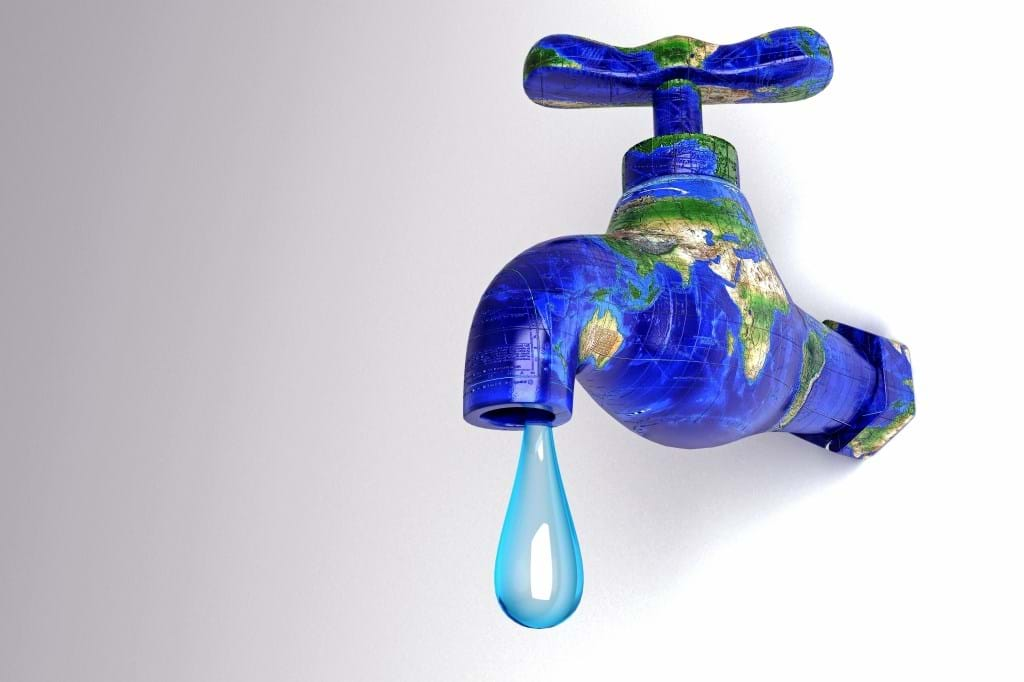The advance of desalination (Day 239)

21st January 2015

Desalination plants are rare in relatively wet countries like the UK, but fairly common in Southern Europe and the Middle East.
More recently countries such as Australia has invested in desalination plants to solve some of their drought problems, with around eight facilities either built, in progress or planned since 2006.
Worldwide, there are around 13,000 desalination plants in operation or under construction in 150 countries.
By 2050, DesalData predict that the number of desalination plants across the world will more than double with a further 18,500 desalination plants becoming operational.
In June 2010, the UK opened its first, and only, municipal desalination plant in Beckton, East London, which is operated by Thames Water and capable of supplying 150 million litres of water per day – enough to supply around 400,000 households.
In the UK, IChemE forecasted that at least four municipal desalination plants and up to 800 smaller units could be providing water to UK households and industry by 2050.
But these figures look very conservative with UK utility, Southern Water, recently announcing they are considering the construction of a seawater desalination plant near the south coast city of Southampton.
Southern Water has begun environmental assessments for a facility in the range 10-35 Ml/d with a preferred capacity of 20 Ml/d and a project value of about £40 million (US$60 million). Should the proposal go ahead the plant could be on stream by 2028.
Southern Water's water quality and strategy manager, Meyrick Gough said the change of site was: "led by more up-to-date information on predicted housing and population growth which has resulted in a greater future demand for water..."
Globally, water scarcity is such a critical issue, that sustainable desalination is one of the areas in which chemical engineers are safeguarding our futures.
However, the energy required for desalination can result in significant greenhouse gas production, resulting in further climate change.
Efficiency savings are needed so it was interesting to read a development late last year in the Middle East about a collaboration agreement to test and evaluate energy-efficient technologies for carbon dioxide capture and conversion.
The collaboration, involving Masdar Institute of Science and Technology and Engineering Solutions (ENGSL) Minerals, is looking at the application of fly ash and modified fly ash for the capture and utilisation of CO2 from flue gas.
In addition, Masdar and ENGSL say the integration between this technology and desalination plants is feasible through the use of reject brine, which will be further developed by the collaboration.
For the United Arab Emirates and wider Middle East, this technology could be an alternative to the conventional CO2 capture technologies with the option to utilise part of the CO2 for enhanced oil recovery purposes.
Interesting work, which may help to make desalination more sustainable everywhere, and especially in coastal parts of the world where oil is abundant, but fresh water is scarce.